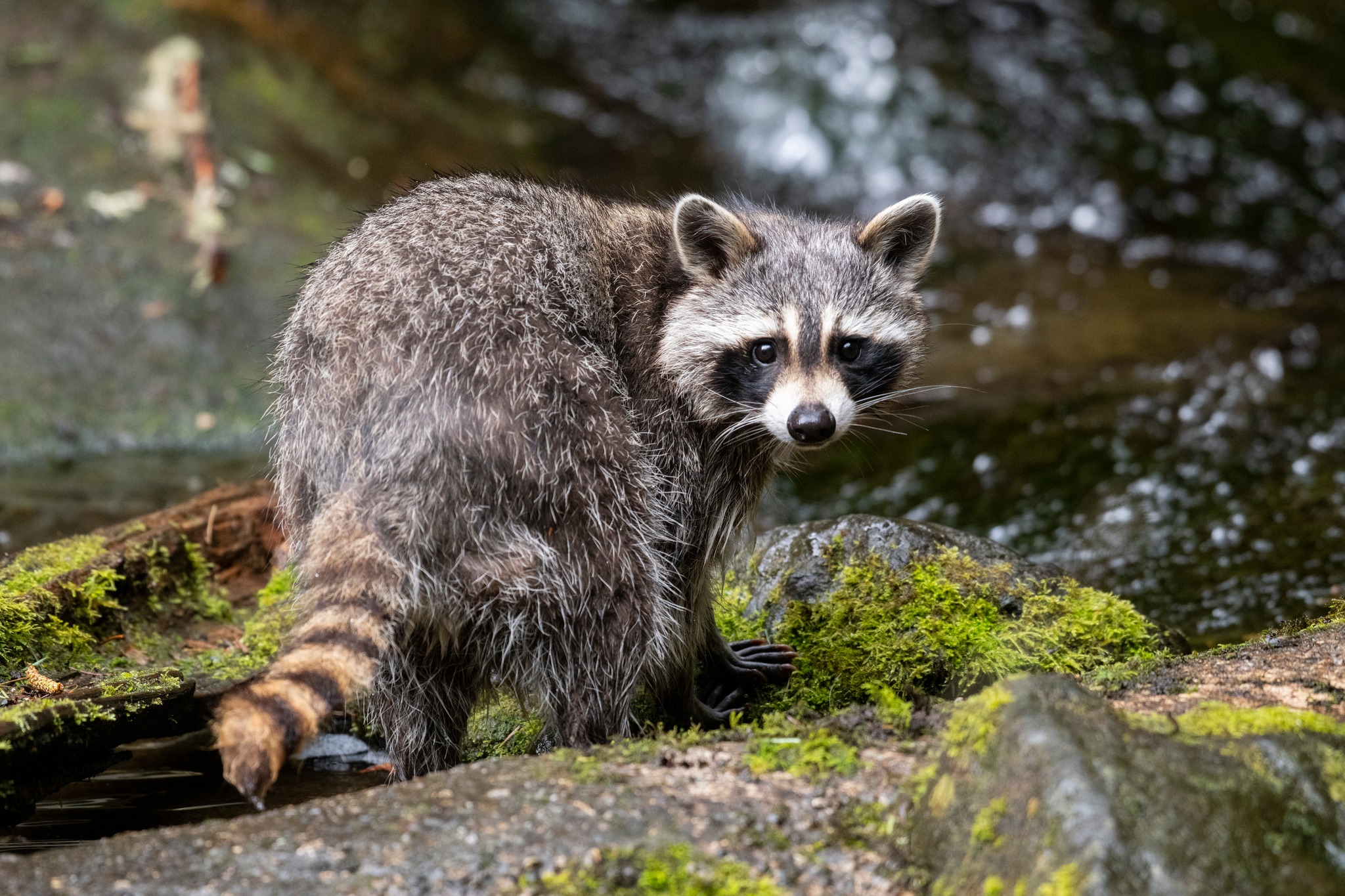- Introduction to Hickory and Bluebell, their nature, and habitat.
- Understanding the role of wetland ecosystems in biodiversity.
- The behavior and adaptations of raccoons in wetland environments.
- Conservation efforts and the importance of species protection.
- The impact of educational programs on wildlife conservation.
Hickory and Bluebell, our delightful raccoon siblings, have just celebrated their first birthday. These playful creatures reside in the wetlands habitat, a rich environment that provides valuable insights into their behavior and ecological role.
Raccoons, identified by their distinctive black masks and ringed tails, are highly adaptable mammals. Hickory and Bluebell exhibit typical juvenile curiosity, often engaging in playful exploration and foraging. Their omnivorous diet includes fruits, nuts, and small aquatic creatures, highlighting their ability to thrive in diverse environments. These characteristics make observing them both educational and entertaining.
Wetlands serve as crucial ecosystems supporting extensive biodiversity. These habitats, found globally, offer vital services like water filtration, flood control, and carbon storage. In particular, they provide essential resources for many species, including raccoons. The vegetation and water networks create ideal conditions for raccoons to forage, nest, and rear their young.
Raccoons possess several adaptations that aid in wetland survival. Their dexterous front paws resemble human hands, allowing them to skillfully manipulate objects and find food. Furthermore, their acute sense of touch, enhanced by sensory hairs known as vibrissae, aids in detecting movement underwater. Their climbing abilities also offer a strategic advantage in escaping predators and reaching food sources.
Conservation initiatives play a pivotal role in preserving raccoon habitats and the wider ecosystem. Protecting wetlands from urban development and pollution is vital for maintaining ecological balance. Wildlife reserves and protected areas offer safe havens for raccoons and other species, promoting natural behaviors and population stability. Conservationists emphasize sustainable practices and public awareness to mitigate human impact on these environments.
Educational programs targeting wildlife conservation engage communities and foster appreciation for natural habitats. At the heart of these efforts is the idea that understanding animals like Hickory and Bluebell deepens our connection to the environment. Interactive displays, guided tours, and school programs contribute to this mission, sparking interest and inspiring action in conservation efforts.
The lifecycle and behavior of raccoons like Hickory and Bluebell in the wetlands reflect broader ecological dynamics. They serve as ambassadors for their species, illustrating the intricate balance within their habitat. By studying and safeguarding these environments, we can ensure that future generations will continue to enjoy and learn from such remarkable creatures.
*****
Source Description
Our adorable raccoon siblings just turned one! Meet Hickory and Bluebell in the wetlands habitat. 🦝


